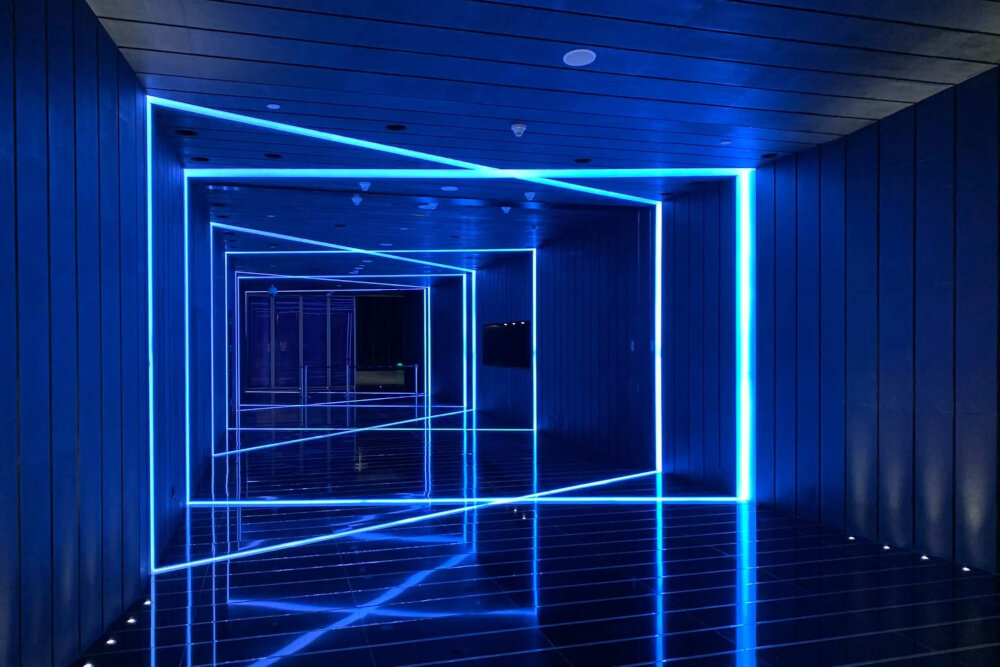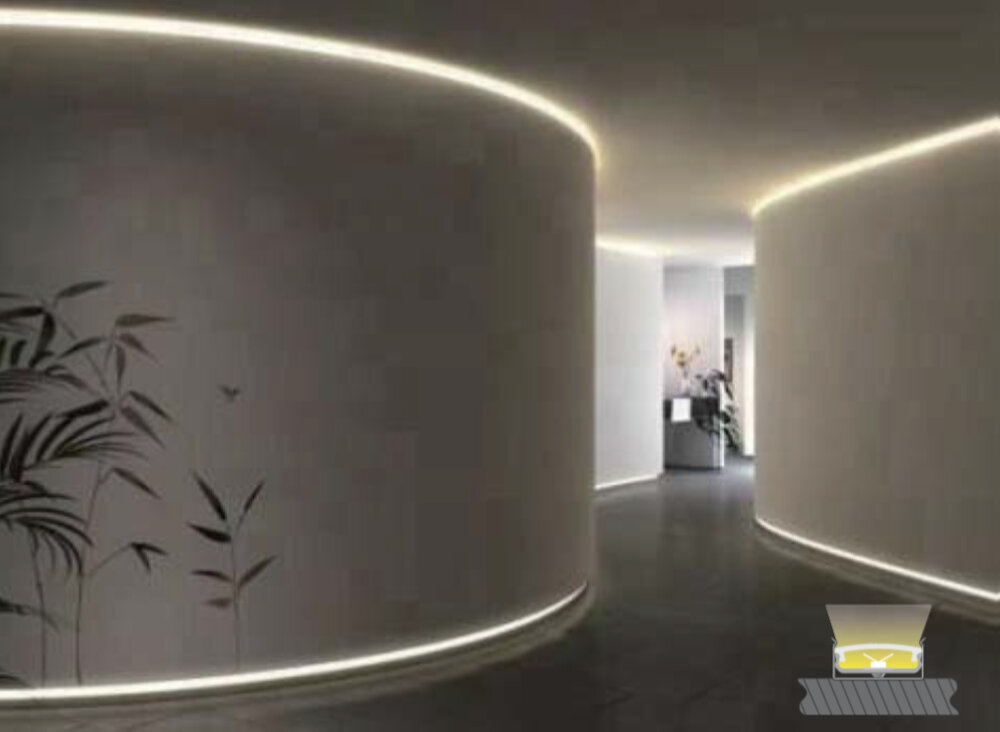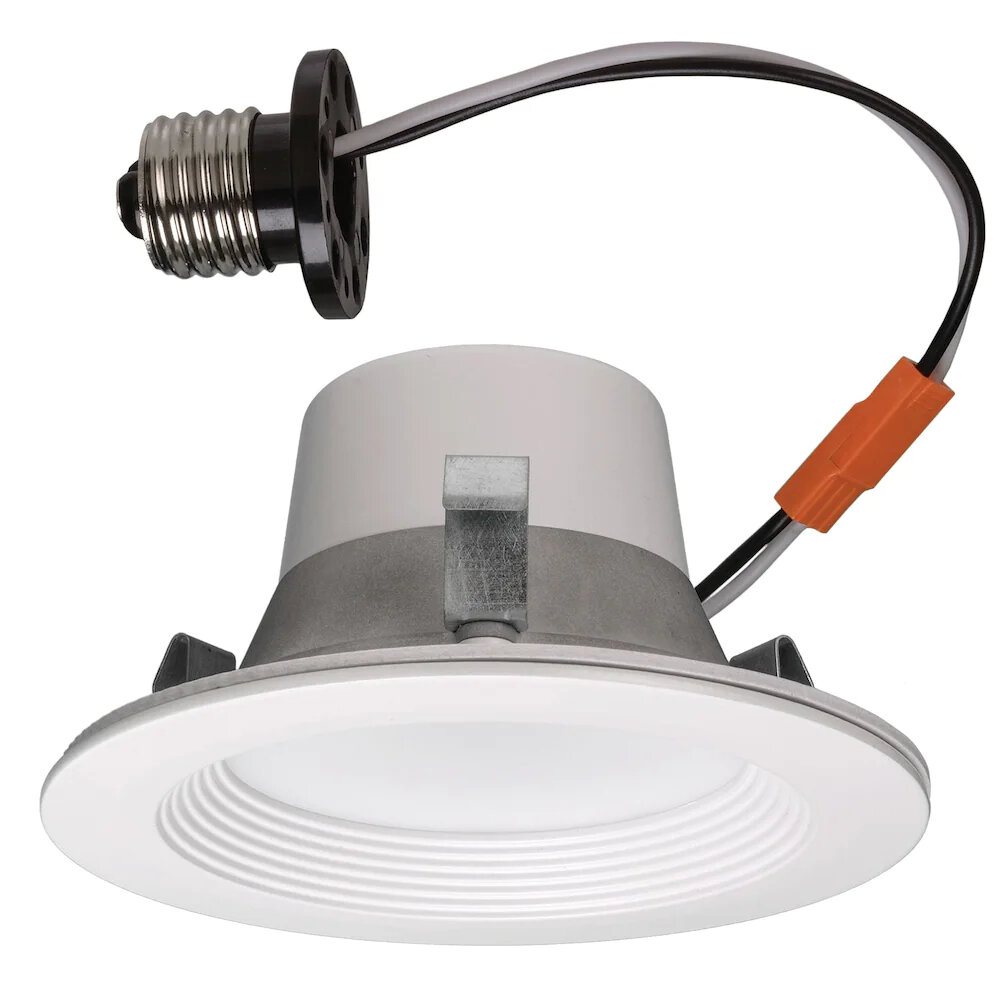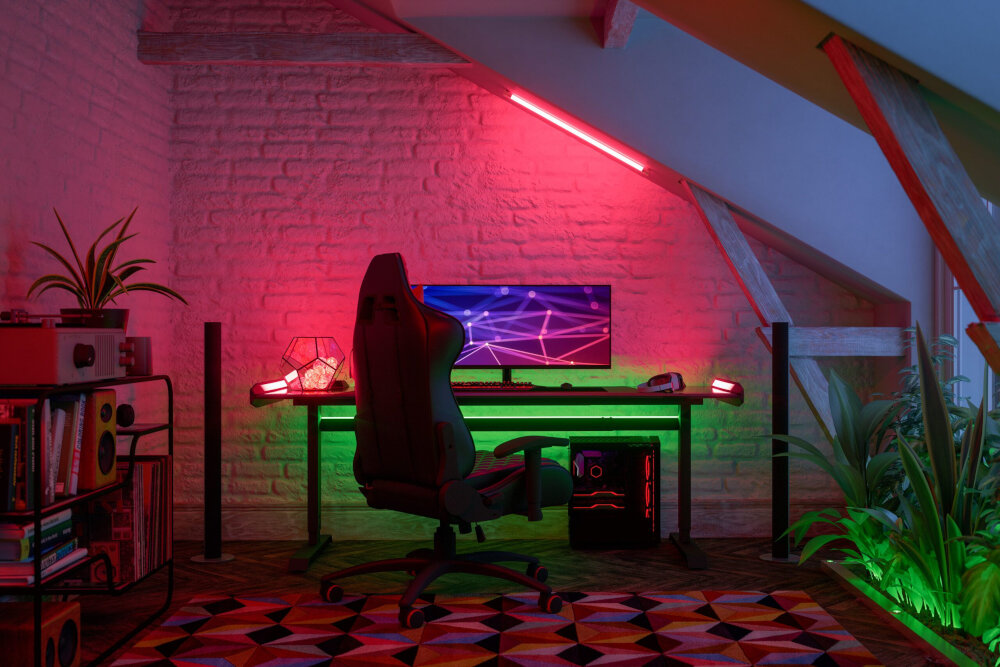Why LED Lights Flicker and How to Fix It: Common Causes and Solutions

LED lights are becoming increasingly popular for their energy efficiency and low maintenance compared to traditional incandescent bulbs. However, one issue that can arise with LED lighting is flickering. Flickering can be not only annoying but also a sign of a deeper problem. In this article, we will explore the common causes of LED flickering and provide solutions for how to fix it. Flickering LED lights can be caused by a variety of factors, including voltage fluctuations, incompatibility with existing dimmer switches, and poor quality LED bulbs or fixtures. Voltage fluctuations can occur due to various reasons such as power grid issues, heavy electrical loads, or faulty wiring. Dimmer switches designed for incandescent bulbs may not be compatible with LED bulbs, causing flickering or even damage to the bulb. Furthermore, low-quality LED bulbs or fixtures may not be designed to handle the electrical current flowing through them, leading to flickering or even failure. It’s essential to identify the root cause of flickering to ensure your LED lights function correctly and safely.
LED lights are a type of lighting technology that are rapidly gaining popularity due to their numerous benefits. LED stands for \light emitting diode,\ and these lights produce light through a process called electroluminescence. LED lights are energy-efficient, producing more light with less energy than traditional incandescent bulbs. They also have a longer lifespan, lasting up to 25 times longer than incandescent bulbs. LED lights are also environmentally friendly, as they do not contain harmful chemicals such as mercury. Additionally, LED lights have a wide range of color options and can be easily dimmed to set the perfect ambiance. Despite their many advantages, LED lights may sometimes flicker, which can be caused by various factors such as voltage fluctuations or incompatible dimmer switches.
Flickering in LED lights is a common issue that can be caused by a variety of factors. One of the main reasons for flickering is voltage fluctuations, which can occur due to changes in power demand or faulty wiring. Another possible cause is incompatible dimmer switches, which can cause LED lights to flicker when dimmed. Additionally, poor quality LED bulbs or fixtures can also lead to flickering. Fortunately, there are several solutions to these issues, including upgrading to a higher-quality LED bulb, installing a voltage stabilizer, or replacing an incompatible dimmer switch. By identifying the root cause of the flickering and implementing the appropriate solution, you can enjoy steady and reliable LED lighting in your home or workplace.
Voltage Fluctuations

Voltage fluctuations are one of the most common causes of LED light flickering. These variations in voltage can occur due to several reasons including power surges, lightning strikes, faulty wiring, and malfunctioning electrical devices. When the voltage fluctuates, it can cause the LED lights to flicker, dim or even turn off completely. In some cases, this can even damage the LED lights, reducing their lifespan and efficiency. To fix voltage fluctuations, it is important to first identify the root cause of the problem. If the fluctuations are due to a faulty device or wiring, it is essential to address the issue immediately to prevent further damage. In some cases, installing a voltage stabilizer or surge protector can help to regulate the voltage and protect the LED lights from damage. Additionally, replacing old or outdated electrical equipment and upgrading to a more efficient electrical system can also help to minimize voltage fluctuations and ensure that LED lights operate smoothly and efficiently.
Voltage fluctuations refer to the variation in the amount of electrical energy flowing through the power lines. These fluctuations can occur due to several reasons such as sudden changes in the demand for electricity, faulty equipment, or damaged power lines. LED lights are sensitive to voltage fluctuations, and they can get affected by them in various ways. For instance, when the voltage drops, the LED lights may flicker or dim, and when the voltage increases, they may start to flicker rapidly. These fluctuations not only affect the performance of LED lights but can also reduce their lifespan. Therefore, it is crucial to identify the underlying causes of voltage fluctuations and take appropriate measures to fix them to ensure the smooth and efficient functioning of LED lights.
Voltage fluctuations can cause LED lights to flicker, which can be frustrating and even dangerous. However, there are several solutions available to address this issue. One option is to use a stabilizer, which regulates the voltage and ensures that it remains constant. This can help prevent flickering and other issues caused by voltage fluctuations. Another option is to use a surge protector, which helps protect your LED lights (and other electronics) from damage caused by power surges and spikes. Both stabilizers and surge protectors can be effective at addressing voltage fluctuations and ensuring that your LED lights stay bright and steady.
Incompatible Dimmer Switches

Incompatible dimmer switches are a common cause of flickering LED lights. Traditional dimmer switches were designed to work with incandescent bulbs, which operate differently than LED lights. Incandescent bulbs use a filament that heats up and glows, while LED lights use a semiconductor to convert electricity into light. As a result, LED lights require a different type of dimmer switch with more advanced components to properly control the amount of electricity flowing to the bulb. Using an incompatible dimmer switch can cause the LED lights to flicker, buzz, or not work at all. To fix this issue, it is important to choose a dimmer switch that is compatible with LED lights. Look for dimmer switches that are specifically designed for LED lights and have a low minimum load requirement. This will ensure that the switch is able to properly control the flow of electricity to the LED lights and prevent flickering. Additionally, it is important to make sure that the LED lights being used are also compatible with the dimmer switch. Using incompatible LED lights can also cause flickering, even with a compatible dimmer switch. By choosing the right dimmer switch and LED lights, you can eliminate flickering and enjoy a smooth, consistent lighting experience.
Incompatible dimmer switches can cause flickering of LED lights due to the difference in technology used. Older dimmer switches are designed to work with incandescent bulbs and use a triac to regulate the flow of electricity. However, LED lights are more efficient and require less power to operate, resulting in a lower load on the dimmer switch. This can cause the triac to operate at a lower level than intended, causing flickering or even a complete loss of power. To fix this issue, it is recommended to replace the incompatible dimmer switch with one that is designed specifically for LED lights or to use LED bulbs that are compatible with the existing dimmer switch.
Incompatible dimmer switches are a common cause of LED lights flickering, and the most effective solution is to use a compatible switch. LED dimmer switches are designed specifically for LED lighting and are equipped with the necessary technology to regulate the power supply, which eliminates flickering. However, if a compatible switch is not an option, bypassing the switch altogether can also be a solution. This involves removing the dimmer switch and wiring the LED lights directly to a standard on/off switch. While this solution eliminates the flicker, it also removes the ability to adjust the brightness of the lights. It’s important to note that using an incompatible switch can not only cause flickering but can also damage the LED lights, so it’s always best to use a compatible switch or bypass the switch if necessary.
Loose Wiring Connections

Loose wiring connections are a common cause of LED lights flickering. Over time, the wires in your lighting fixtures can become loose due to vibrations or wear and tear. This can cause intermittent connection issues, where the current is not flowing consistently and can lead to flickering. If you suspect that loose wiring connections are causing your LED lights to flicker, the first step is to turn off the power to the fixture and inspect the wiring. Check for any signs of damage, such as frayed wires or exposed copper. Tighten any loose connections with a screwdriver or pliers and make sure that all wires are securely attached. If the wiring is damaged, it may need to be replaced. It’s important to note that loose wiring connections can be dangerous and pose a fire hazard. If you’re unsure about how to safely inspect and repair the wiring in your lighting fixtures, it’s best to consult a licensed electrician. They can help you identify and fix any issues with your wiring and ensure that your home is safe and up to code. By addressing loose wiring connections promptly, you can prevent flickering LED lights and potentially dangerous situations.
Loose wiring connections can be a significant cause of flickering in LED lights. When wires are not securely connected, they can vibrate or move slightly, causing a fluctuation in the electrical current. This fluctuation can lead to a rapid on/off cycle, which results in the flickering of LED lights. Loose wiring connections can also generate heat, which can cause further damage to the wiring and result in a potential fire hazard. It is crucial to ensure that all wiring connections are tight and secure to prevent flickering and other electrical issues. Regular maintenance and inspections can prevent loose wiring connections and ensure the safety and functionality of LED lights.
Loose wiring connections are one of the most common reasons for flickering LED lights. In order to resolve this issue, it is essential to tighten the connections between the wires or replace faulty wiring. Loose connections can cause a disruption in the flow of electricity, leading to flickering lights. It is important to check all the connections and ensure that they are tightened properly to prevent any risk of fire or damage. In addition to tightening the connections, faulty wiring should be replaced to ensure a stable and consistent power supply. This will not only prevent flickering but also improve the overall performance and lifespan of the LED lights.
Overheating Issues

Overheating is a common issue that causes LED lights to flicker. When an LED light fixture overheats, it can cause the light to flicker or even turn off completely. This issue can be caused by a variety of factors, including poor ventilation, high ambient temperatures, and even the type of LED bulb being used. Overheating can also lead to a reduction in the lifespan of the LED bulb, making it important to address the issue as soon as possible. To prevent overheating, it is important to ensure that the LED light fixture is properly ventilated and that the ambient temperature in the room is not too high. Additionally, using high-quality LED bulbs that are designed to dissipate heat more effectively can help prevent overheating. If overheating is already an issue with your LED lights, there are several solutions that you can try. One of the most effective solutions is to install a heat sink or fan to help dissipate the heat generated by the LED bulb. Alternatively, you can try using a lower wattage LED bulb or adding additional fixtures to reduce the load on each bulb. Additionally, moving the fixture to a cooler location or adjusting the ambient temperature in the room can also help reduce the risk of overheating. By addressing the issue of overheating, you can not only prevent flickering but also extend the lifespan of your LED lights, allowing you to enjoy their benefits for years to come.
Overheating is one of the most prevalent causes of LED light flickering. This is because when the temperature of LED bulbs increases, the internal components start to expand, leading to a change in the electrical properties of the bulbs. This, in turn, causes the bulbs to flicker. Overheating can be caused by various factors, such as poor ventilation, excessive current flow, and high ambient temperatures. Additionally, overheating can damage the LED bulbs and reduce their lifespan. Therefore, it’s crucial to address overheating promptly to prevent flickering and ensure that the LED lights function optimally.
Overheating is a common cause of LED light flickering. Thankfully, there are several solutions available to fix this issue. One solution is to improve ventilation around the fixture, allowing for better heat dissipation. Another solution is to replace the fixture with a better heat sink, which will more efficiently dissipate heat away from the LED bulb. It’s also important to ensure that the LED bulb is compatible with the fixture and is not being operated at a higher wattage than recommended, as this can also cause overheating and flickering. By implementing one or more of these solutions, you can prevent overheating and enjoy a flicker-free LED lighting experience.
LED flickering is a common problem that can be caused by a variety of factors. One of the leading causes is voltage fluctuations, which can result from issues with the electrical system or the use of incompatible dimmer switches. Another common cause is electromagnetic interference, which can be caused by nearby electronics or appliances. Other factors that can contribute to LED flickering include poor quality LED bulbs, inadequate wiring, and excessive heat buildup. To address LED flickering, it is essential to identify the root cause of the problem and take appropriate measures to fix it, such as upgrading the electrical system, using compatible dimmer switches, or replacing low-quality bulbs.
If you are experiencing flickering LED lights, there are several solutions that can be implemented to fix the issue. First and foremost, it’s important to determine the root cause of the problem, which could range from using incompatible dimmer switches to having loose wiring connections. Once the cause has been identified, a variety of solutions are available. These may include installing a compatible dimmer switch, replacing faulty bulbs, or ensuring that all wiring connections are tight and secure. Additionally, upgrading to higher-quality LED bulbs can help to reduce or eliminate flickering altogether. By taking the time to troubleshoot and fix flickering LED lights, you can enjoy consistent and reliable lighting throughout your home or workspace.
It is crucial to address flickering issues when it comes to LED lights, as it can not only be a nuisance but also a potential hazard. Flickering can cause discomfort, eyestrain, and headaches, especially in environments where LED lights are used for extended periods. Moreover, flickering can reduce the lifespan of LED lights and even cause permanent damage. This is because frequent on-off cycles can cause stress on the electronic components and lead to their premature failure. Therefore, it is essential to identify the root cause of flickering and fix it promptly to ensure the safety and longevity of LED lights.
Conclusion

In conclusion, LED lights flicker due to a variety of reasons, including voltage fluctuations, incompatible dimmer switches, and faulty wiring. However, by using the right equipment and following the necessary steps, you can quickly and easily fix this issue. Some of the solutions include using a voltage regulator, replacing the dimmer switch, or calling an electrician to address the wiring issue. Taking the time to identify the underlying cause of the flickering and implementing the right solution will not only improve the aesthetics of your lighting but also ensure the safety and longevity of your LED bulbs. So, don’t let flickering LED lights be a constant annoyance in your home or office; take action and get them fixed today!




